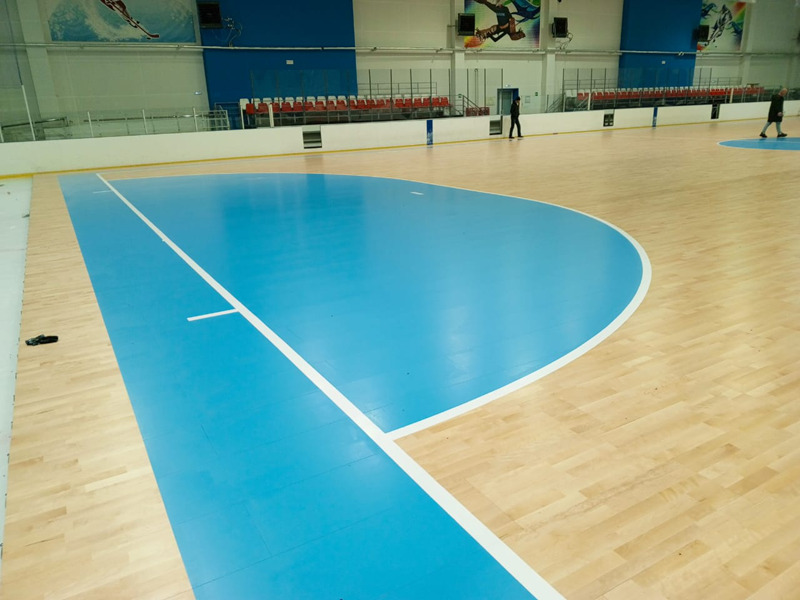Introduction
Indoor basketball court wooden flooring has come a long way since its inception. From early days of basic planks to modern, engineered systems, this article traces the technological advancements and design philosophies that have shaped today’s high-performance basketball surfaces.
Historical Context
Initially, basketball courts were constructed using whatever wood was available, often leading to inconsistent playability. The 1950s saw the introduction of maple flooring, praised for its durability and shock absorption. By the 1980s, subfloor systems and floating floors revolutionized the industry, enhancing player safety and performance.
Modern Innovations
Today’s wooden floors incorporate advanced subfloor technologies, such as rubberized underlayments and pneumatic cushioning systems. These innovations reduce joint stress, improve ball bounce consistency, and extend the floor’s lifespan.
Conclusion
The evolution of indoor basketball court wooden flooring reflects a commitment to player safety, performance, and longevity. As technology advances, we can expect even more sophisticated solutions in the future.

Leave a Reply